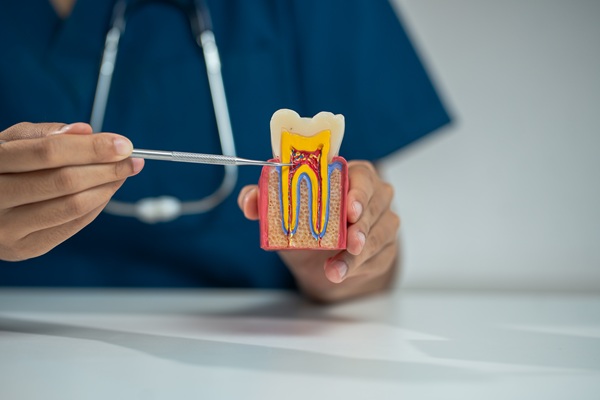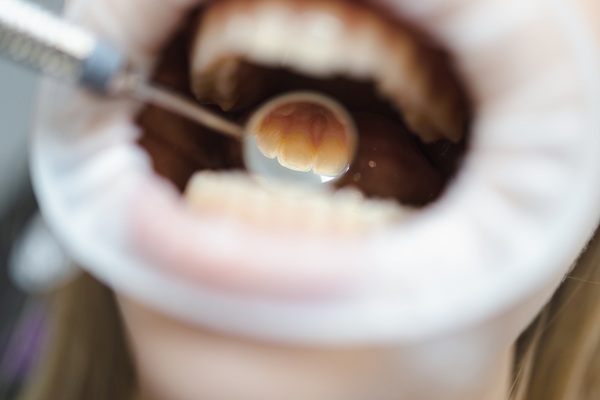You’ve spent years longing to straighten your smile and reclaim optimal oral function and aesthetics. Now, you are ready to take the leap and correct those misalignments that have bothered you for far too long. But with so many options available, how do you choose the right path to achieve your desired smile? Brace yourself, because we’re about to embark on a journey that can help you make an informed decision about your smile goals. This blog will help resolve the age-old dilemma of braces versus Invisalign aligners, diving into the unique advantages and considerations of each.
What are Dental Braces?

Braces have long been a trusted and time-tested method for correcting dental misalignments. These orthodontic appliances consist of metal or ceramic brackets bonded to the teeth and connected by wires and rubber bands. While braces may conjure images of a mouth full of metal, they are recognised for their remarkable functionality and effectiveness in achieving a straighter smile.
The brackets, made from high-quality materials, are carefully positioned on the teeth using dental adhesive. Archwires are then threaded through the brackets, creating tension that gently guides the teeth into their desired positions over time. Your dentist may periodically adjust the wires, gradually exerting controlled pressure to ensure optimal tooth movement.
Advantages and Disadvantages of Braces
Braces have been a popular choice for orthodontic treatment. However, it is important to weigh their advantages and disadvantages before making a decision.
Advantages of Braces
- Works for complex corrections – One of the key benefits of braces is their ability to address a wide range of complex orthodontic issues. Whether you’re dealing with overcrowding, gaps between teeth, overbites, underbites, or crossbites, braces offer a comprehensive solution. Their versatility allows orthodontists to effectively shift teeth in multiple directions, resulting in precise alignment and bite correction. This makes braces an excellent choice for individuals with more complex dental misalignments.
- Multiple options to choose from – Braces are available in multiple options to suit individual preferences and needs. Traditional braces consist of metal brackets and wires, but there are also ceramic braces that feature tooth-coloured or clear brackets, making them less noticeable. This provides patients with the flexibility to choose a style that aligns with their desired level of visibility. Additionally, advancements in orthodontics have introduced self-ligating braces that eliminate the need for rubber bands, reducing friction and discomfort during treatment.
- Safe to drink all beverages – Unlike some other orthodontic treatments, braces allow you to consume a wide variety of beverages without concerns about staining or damaging the appliances. Since braces are made of sturdy materials, such as metal or ceramic, they can withstand exposure to different beverages, including coffee, tea, or carbonated drinks. This means you can enjoy your favourite drinks without worrying about discolouration or compromising the integrity of your orthodontic treatment.
Disadvantages of Braces
- Mouth discomfort – One of the drawbacks of braces is the potential discomfort they can cause. The brackets and wires can irritate the soft tissues inside the mouth, leading to soreness or ulcers. In addition, after adjustments or tightening, you may experience temporary discomfort as the teeth gradually shift into their new positions. While this discomfort is usually manageable and can be alleviated with orthodontic wax or over-the-counter pain relievers, it is an aspect to consider during the course of treatment.
- Food limitations – Braces come with certain dietary restrictions. Foods that are sticky, hard, or chewy can pose challenges and potentially damage the braces or get stuck in them. Foods like caramel, popcorn, chewing gum, and hard candies should be avoided to prevent complications. It is important to follow your dentist’s recommendations on diet and maintain good oral hygiene to avoid any issues during the treatment period.
- Can leave stains – While braces themselves are made of materials that are resistant to staining, the adhesive used for attaching the brackets to the teeth may discolour over time. This can lead to noticeable stains or marks on the teeth after the braces are removed. Practising good oral hygiene, including regular brushing and avoiding foods and drinks that are known to stain teeth, can help minimise the risk of staining. Additionally, proper cleaning techniques and regular dental visits can address any staining concerns effectively.
Despite these drawbacks, braces remain a reliable and effective method for achieving a straighter smile for many individuals. And while traditional braces may be visible, they have come a long way in terms of aesthetics. Ceramic braces, for instance, utilise tooth-coloured or clear brackets that blend more seamlessly with the natural teeth, making them less noticeable.
What are Invisalign Aligners?

Invisalign aligners have revolutionised the field of orthodontics, offering a discreet and flexible alternative to traditional braces. These clear, removable aligners are custom-made using advanced 3D imaging technology and are designed to gradually and gently move your teeth into their desired positions. To read more about the Invisalign time frame, click here.
Advantages and Disadvantages of Invisalign Aligners
Though widely popular among individuals seeking a subtle and less noticeable orthodontic solution, Invisalign aligners come with their own set of advantages and disadvantages. These may include:
Pros of Invisalign Aligners
- Invisalign looks better – One of the most significant advantages of Invisalign aligners is their aesthetic appeal. Made from transparent, BPA-free plastic, these aligners are virtually invisible when worn. This discreet appearance allows you to undergo orthodontic treatment without drawing unnecessary attention to your teeth, boosting your confidence throughout the process.
- You can take the aligners out to eat – Unlike traditional braces, Invisalign aligners are removable. This feature grants you the freedom to enjoy your favourite foods without worrying about damaging the aligners. Simply take them out before meals and relish all your preferred snacks and dishes. This flexibility makes eating more comfortable and enjoyable during your orthodontic journey.
- It’s easier to brush and floss your teeth – Maintaining proper oral hygiene is crucial during orthodontic treatment, and Invisalign aligners make it easier to maintain a healthy mouth. Since the aligners can be removed, you can brush and floss your teeth as you normally would, without any obstructions from brackets or wires. This promotes better oral health, reduces the risk of plaque buildup, and ensures your teeth and gums stay in top condition.
Cons of Invisalign Aligners
- They require discipline – To achieve the desired results with Invisalign aligners, patient compliance is essential. The aligners need to be worn for the recommended 20 to 22 hours per day. This requires discipline and commitment to consistently wear the aligners as instructed. Forgetting to wear them or not adhering to the prescribed wear schedule can prolong the treatment duration and compromise the outcome.
- Not suitable for complex corrections – While Invisalign aligners can address various orthodontic issues, they may not be suitable for complex dental corrections or severe misalignments. Cases that require significant tooth movement or adjustments to the jaw structure may require alternative treatment methods or traditional braces. It’s crucial to consult with an experienced orthodontist who can evaluate your specific needs and recommend the most suitable approach.
- Costs – In general, Invisalign aligners may be more expensive compared to traditional braces, although the exact cost can vary depending on factors such as the complexity of the case and the duration of treatment. It’s important to discuss the financial aspects with your orthodontist and explore any available insurance coverage or payment plans to make an informed decision.
To determine if this innovative orthodontic option aligns with your goals and preferences, make sure to weigh the pros and cons of Invisalign aligners before committing to the treatment.
Braces vs. Invisalign: Which is Right for You?
In the ongoing quest for a perfect smile, there is no one-size-fits-all answer. Each option, Invisalign vs. braces, has its unique advantages and considerations that must be carefully weighed against your individual needs and preferences.
If you find yourself at the crossroads of this decision, feel free to book a consultation with the dental team at Bellevue Hill Dental. Our dentists will provide comprehensive consultation, thoroughly evaluating your case and offering personalised recommendations based on your lifestyle, budget, and oral health requirements. From general and preventive dentistry to cosmetic and restorative procedures, we aim to provide our patients with a one-stop solution for achieving optimal oral health and a lifetime of healthy, beautiful smiles.




